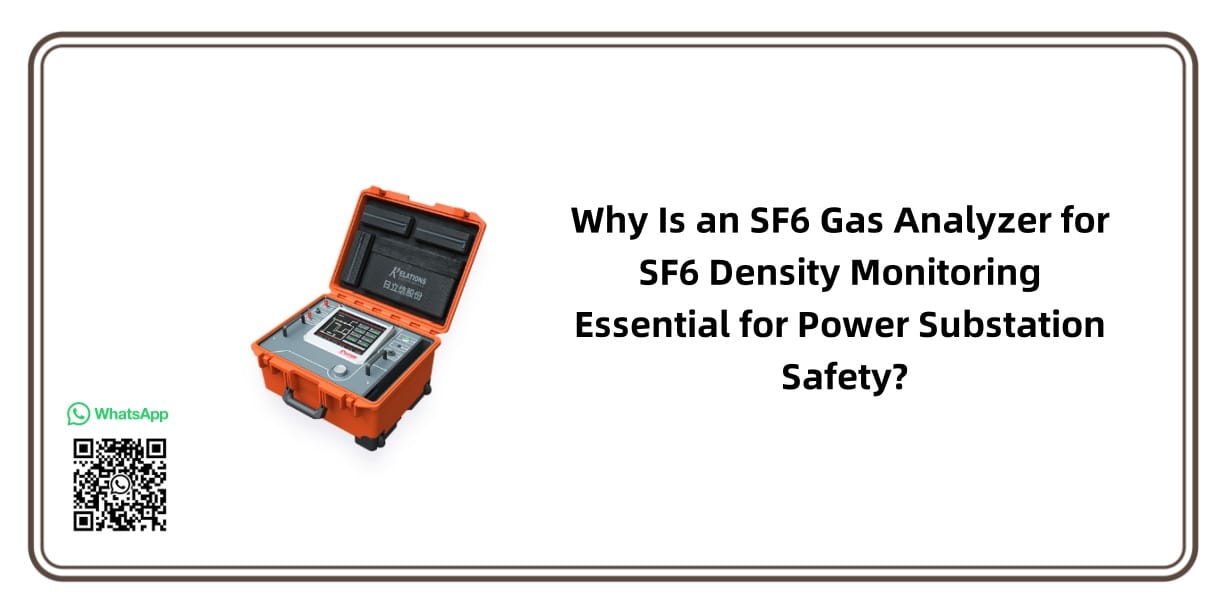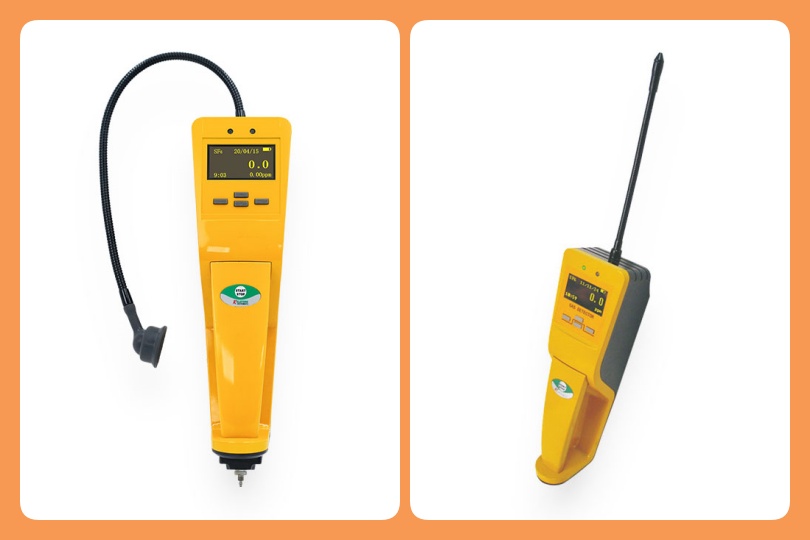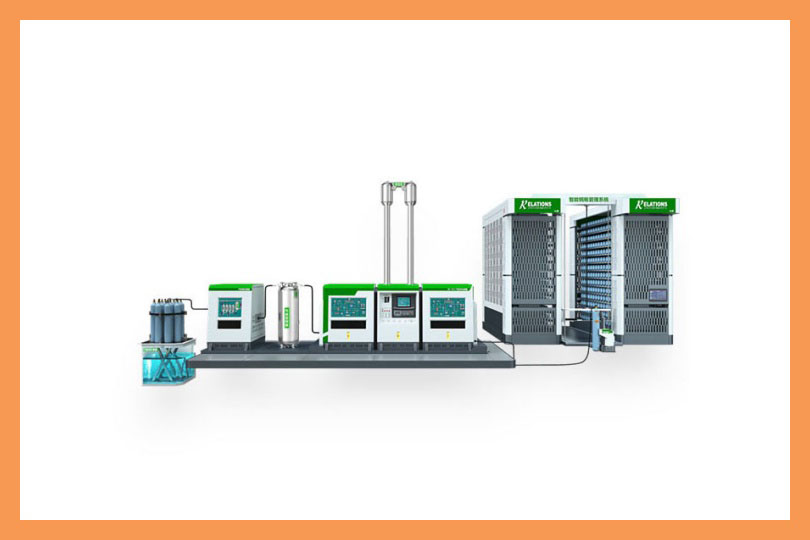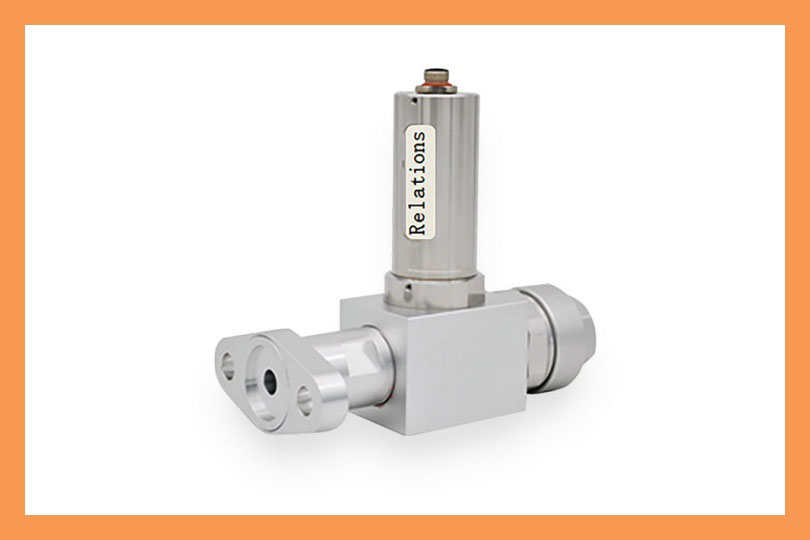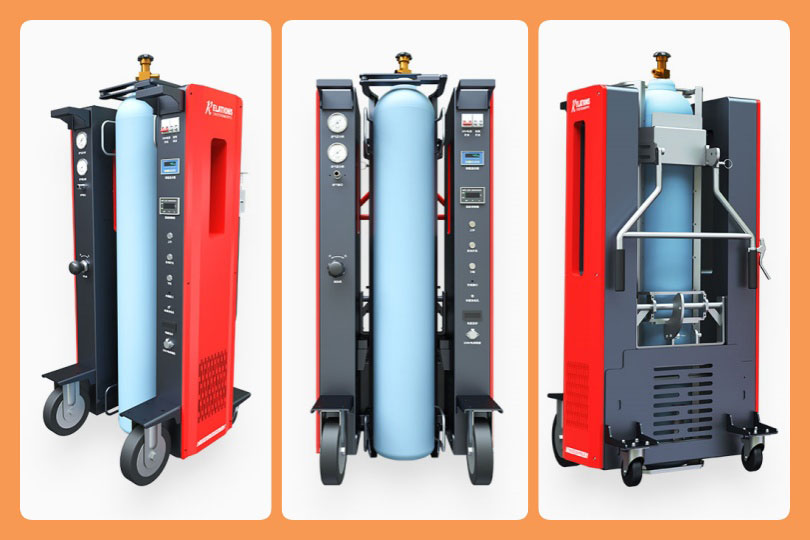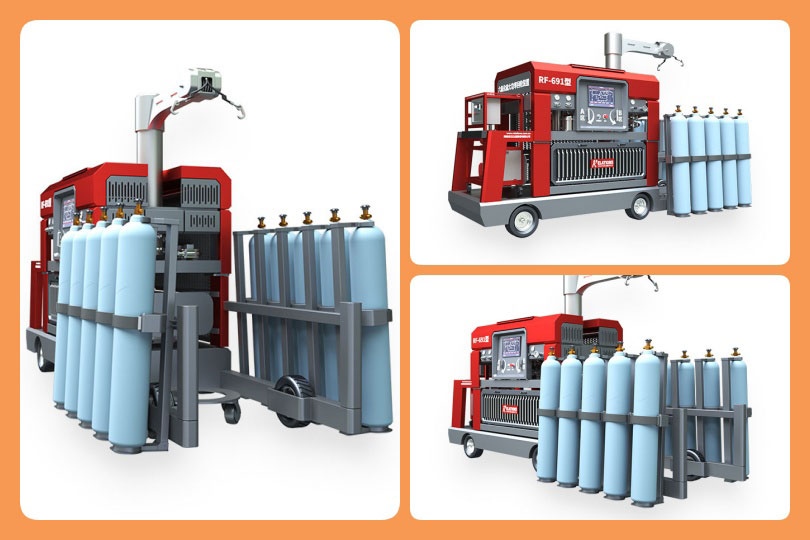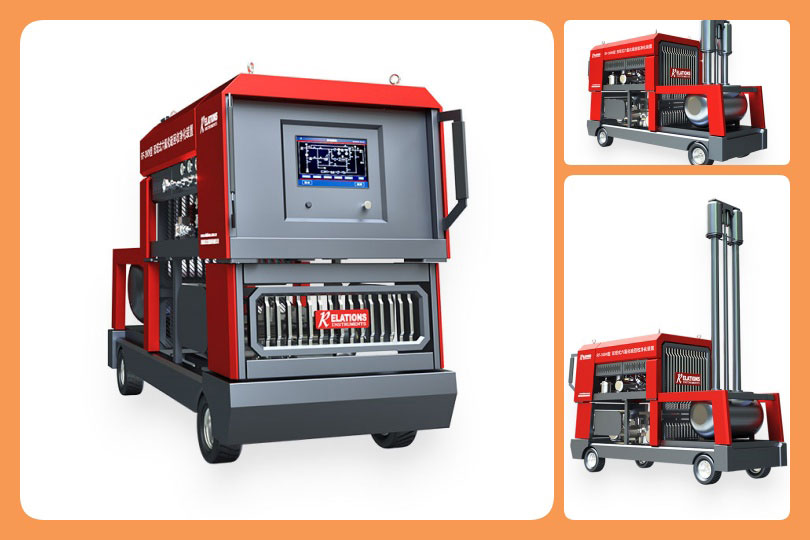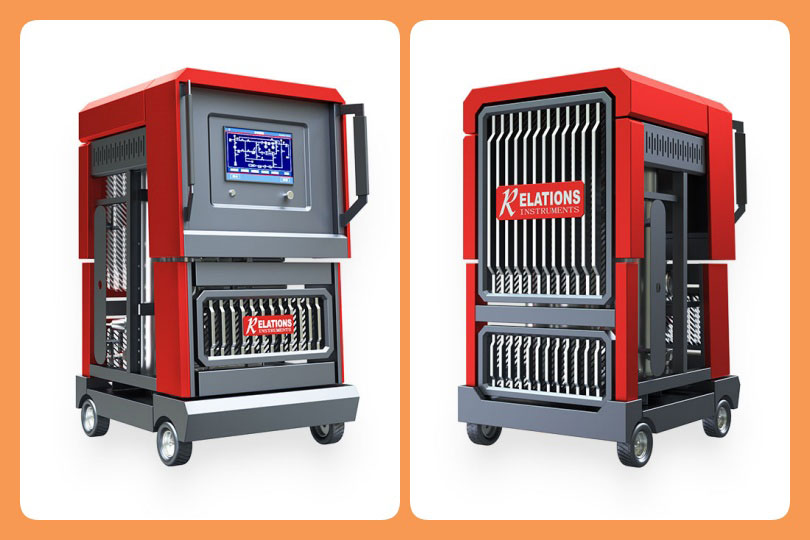Why Is an SF6 Gas Analyzer for SF6 Density Monitoring Essential for Power Substation Safety?
Date
2025-08-29
[email protected]
Website
www.sf6gasdetector.com
Get Solutions And Quotes
Why Is an SF6 Gas Analyzer for SF6 Density Monitoring Essential for Power Substation Safety?
In the power industry, sulfur hexafluoride (SF6) gas is widely used in high-voltage equipment like gas-insulated switchgear (GIS) and circuit breakers, thanks to its excellent insulation and arc-extinguishing properties. However, the performance of SF6 gas directly depends on its density—even a slight drop can lead to equipment breakdown, power outages, or safety hazards. This is where an SF6 gas analyzer for SF6 density monitoring becomes indispensable, as it ensures real-time, accurate tracking of gas density to maintain system reliability.
Why SF6 Density Monitoring Is Non-Negotiable
SF6 gas density is more critical than pressure for evaluating equipment performance, because temperature fluctuations can falsely alter pressure readings. For example, a drop in ambient temperature may lower SF6 pressure without reducing density, while a true gas leak will cause both pressure and density to fall. Without precise density monitoring, maintenance personnel may miss leaks or misjudge equipment status, leading to unplanned downtime or even electrical accidents. An SF6 gas analyzer for SF6 density monitoring eliminates this risk by measuring density directly, accounting for temperature changes to provide reliable data.
Core Functions of an SF6 Gas Analyzer for SF6 Density Monitoring
A high-quality SF6 gas analyzer for SF6 density monitoring integrates multiple features to support power system operations:
Real-time density detection: It continuously measures SF6 density (usually in g/L or kg/m³) and displays data instantly, allowing operation and maintenance teams to spot anomalies immediately.
Leak alarm: When density drops below a preset threshold (e.g., 95% of the rated value), the analyzer triggers audible/visual alarms or sends remote alerts via IoT platforms, enabling quick leak repairs.
Data logging & analysis: It stores historical density data (often for 6–12 months) and generates reports, helping teams identify long-term trends (e.g., gradual leaks) and schedule preventive maintenance.
Temperature compensation: Built-in sensors adjust readings based on ambient temperature, ensuring accuracy in extreme environments (from -30°C to 60°C, common in outdoor substations).
How to Choose the Right SF6 Gas Analyzer for SF6 Density Monitoring
To maximize monitoring efficiency, consider these key factors when selecting an analyzer:
Accuracy: Opt for devices with a density measurement error ≤±0.5% (meets IEC 60480 standards), as low accuracy can lead to misdiagnoses.
Portability vs. fixed installation: Handheld analyzers suit on-site inspections (e.g., routine GIS checks), while fixed analyzers are ideal for 24/7 monitoring of critical equipment like power plant circuit breakers.
Connectivity: Choose models with 4G/5G or Ethernet support, so data can be synced to central SCADA systems—this is essential for smart grid operations.
Durability: Look for IP65-rated enclosures to resist dust and moisture, ensuring longevity in harsh substation conditions.
Application Scenarios of SF6 Gas Analyzers in Density Monitoring
The SF6 gas analyzer for SF6 density monitoring is widely used across power infrastructure:
GIS maintenance: In urban substations, GIS equipment is compact and enclosed—analyzers detect density drops caused by seal degradation, preventing insulation failure.
Transmission line patrols: Handheld analyzers are used to check SF6-filled cable terminations in remote areas, ensuring stable power transmission.
Power plant safety: Fixed analyzers monitor SF6 circuit breakers in turbine halls, triggering shutdowns if density falls to unsafe levels.
In conclusion, an SF6 gas analyzer for SF6 density monitoring is not just a diagnostic tool—it’s a cornerstone of power system safety and efficiency. As the industry shifts toward smart grids, investing in high-performance analyzers will become even more critical to minimize downtime, reduce maintenance costs, and protect both personnel and equipment.
